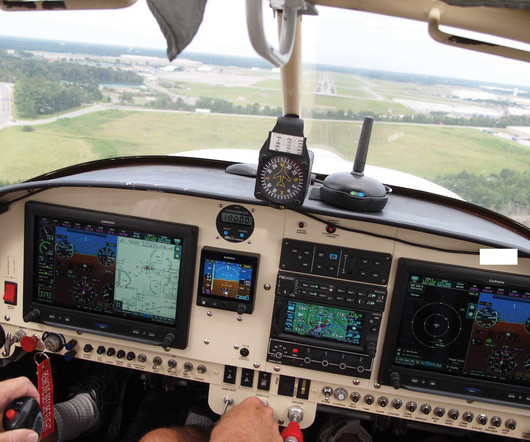The Essential Guide to Runway Signs
Pilot Institute
JUNE 27, 2025
Mandatory instruction signs mark areas you can’t enter without clearance. Types of Airport Signs The FAA classifies airport signs into six main types: Mandatory Instruction Signs: indicate areas where entry is prohibited without clearance, such as runways or critical areas. Let’s take a look at each in detail. 27L” or “27R”).















Let's personalize your content